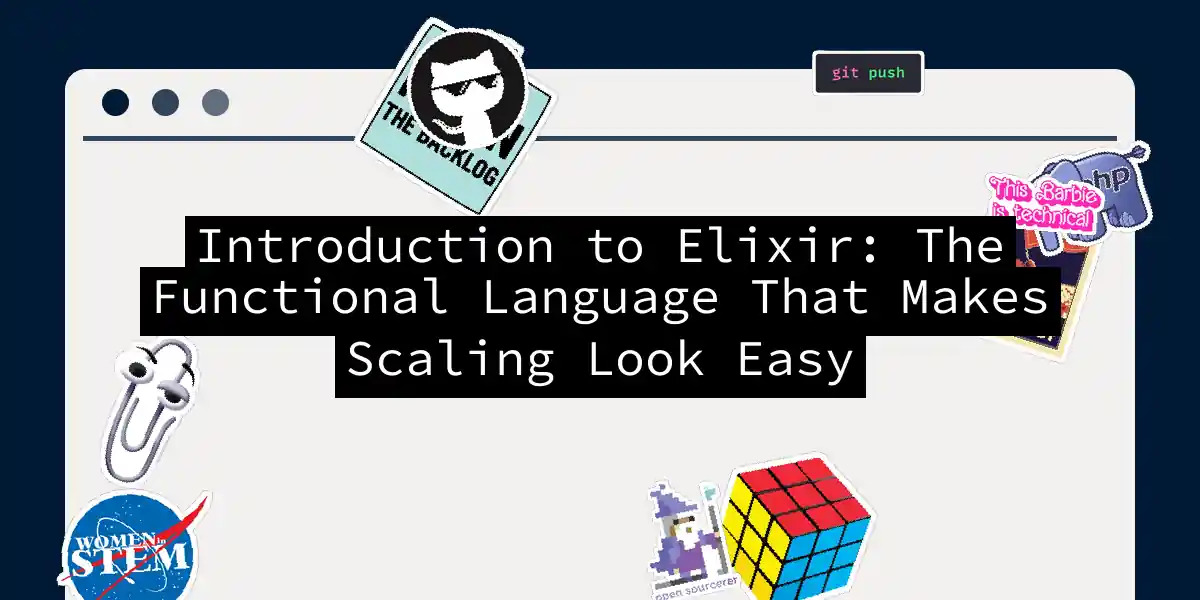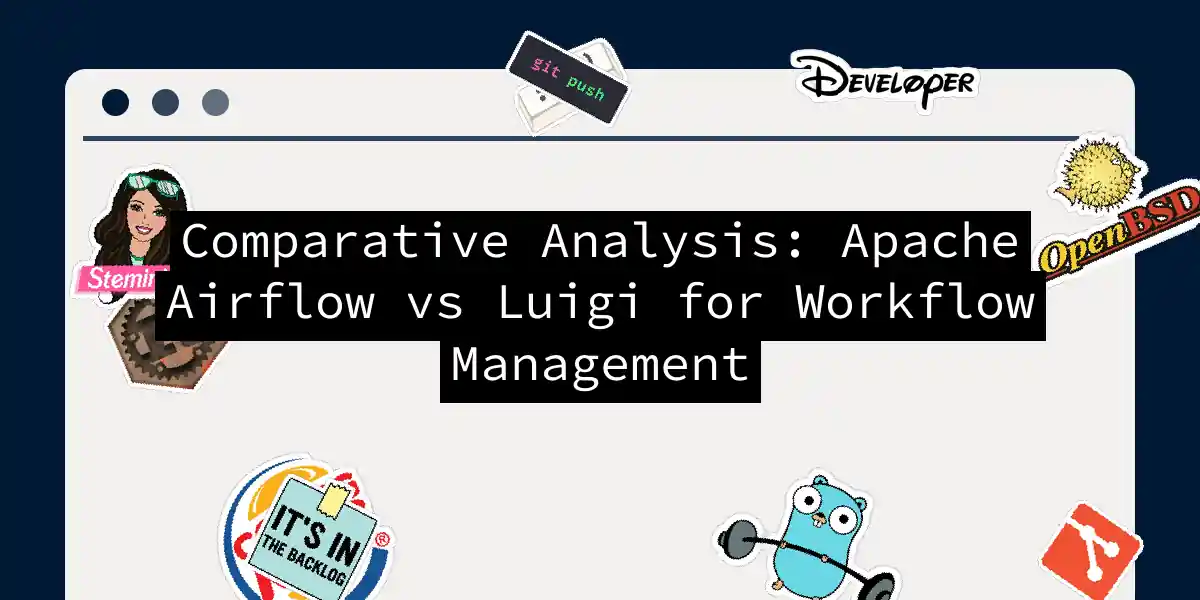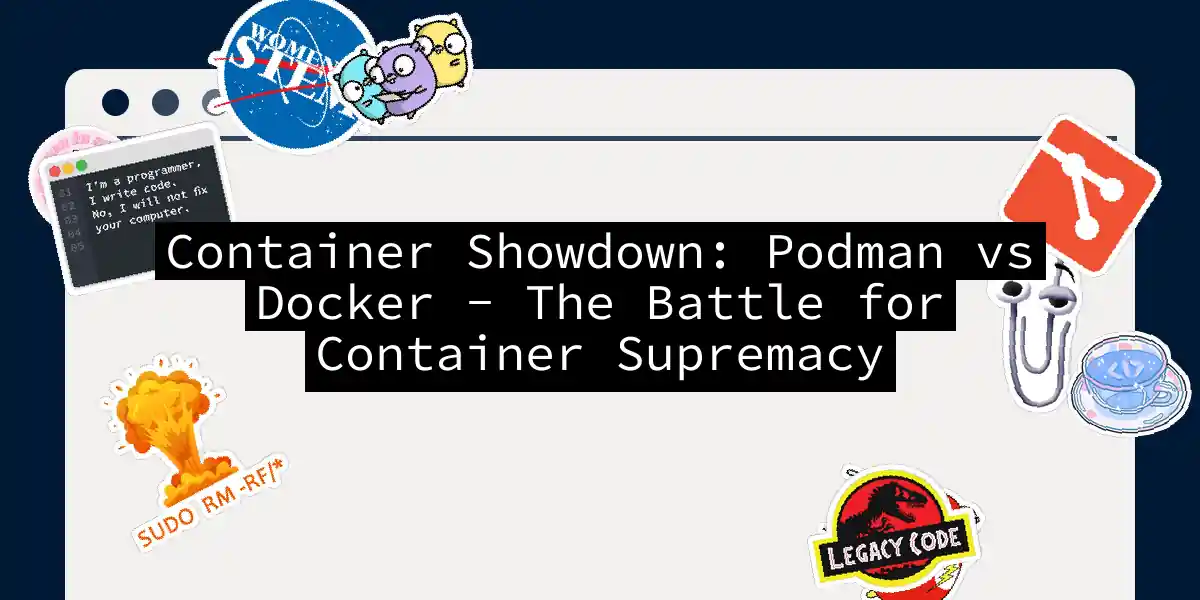
Introduction to Elixir: The Functional Language That Makes Scaling Look Easy
Let me tell you about the time I fell in love with a programming language that has a purple logo and makes concurrent programming feel like a warm hug. No, I’m not talking about my relationship with coffee (though that’s also functional and highly concurrent). I’m talking about Elixir – the language that took everything great about Erlang and gave it a syntax makeover that doesn’t make your eyes water. If you’ve ever wondered how WhatsApp handles billions of messages with just a handful of servers, or how Discord manages millions of concurrent users without breaking a sweat, you’re about to discover their not-so-secret weapon....



